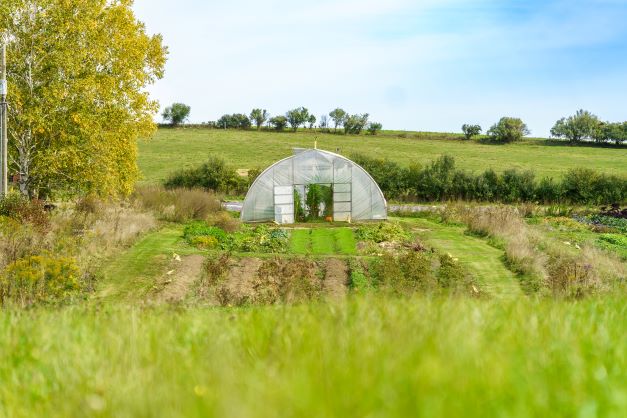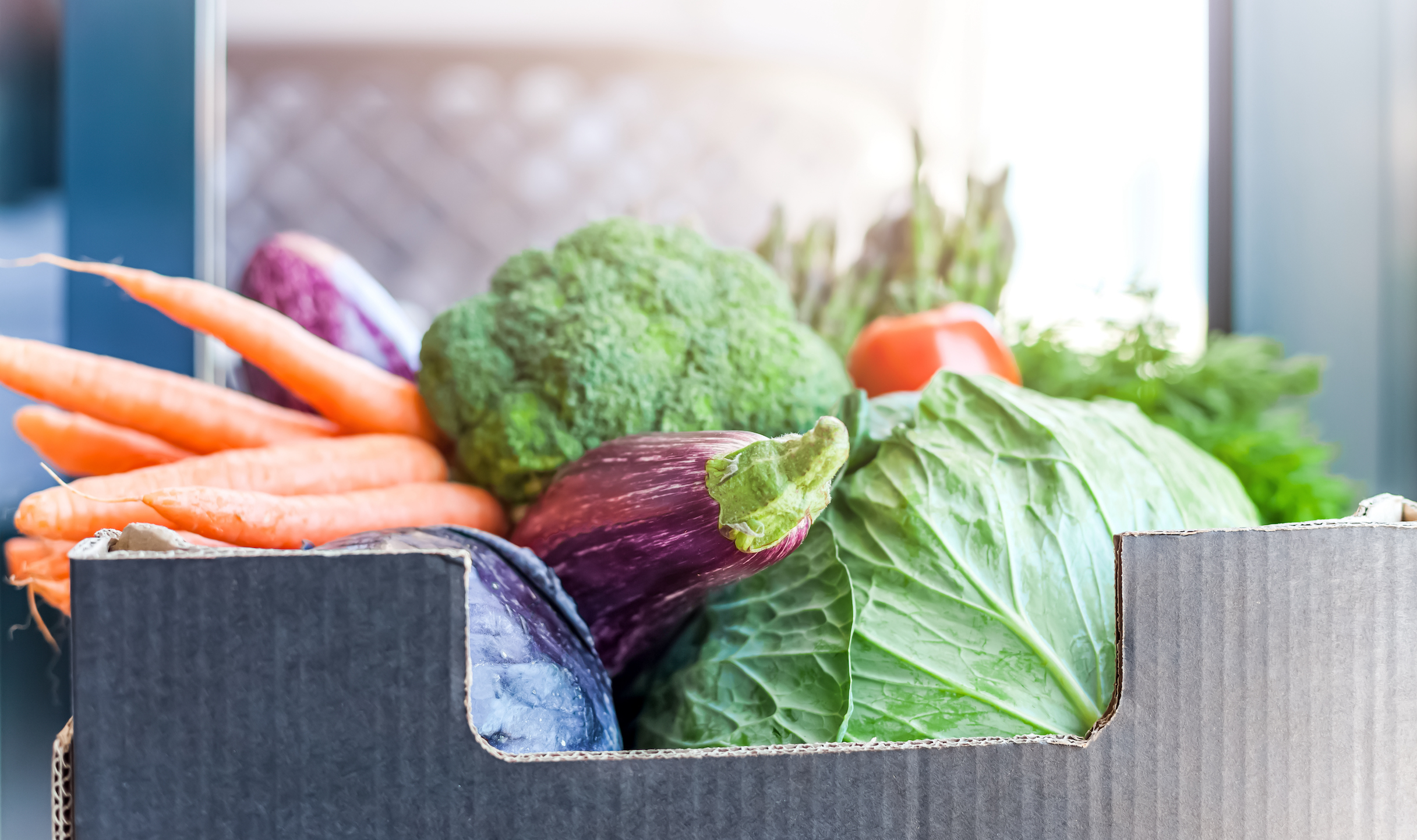How to tell if a CSA is right for you
How to tell if a CSA is right for you
CSA stands for “Community Supported Agriculture,” and is a way for customers who believe in “real, transparent food” to support a farmer. But it’s not the only way.
What’s the difference between supporting a farmer through a CSA versus a roadside stand or a farmer’s market? Why would a person consider signing up for a CSA instead? ???? These are great questions. And everyone who considers joining a CSA should be asking them.
The reality is that CSA is not a good fit for everyone, and you shouldn’t feel bad if it’s not a match for you. The CSA customers who come back year after year are a “certain kind” of customer. Not a “better customer” — just a certain kind — the kind that matches the unique format of a CSA model.
It’s best to go into the decision with your eyes wide open, and see if your expectations match the experience that a CSA will give you. So, how do you decide if our CSA would be right for you? Before you sign up for this seasonal commitment to a specific farmer, ask yourself these 6 questions…
Q1: Is the relationship to the actual farmer important to you? (Do you want to support a farmer?)
Effective CSAs focus on the farmer-customer relationship as much as the product.
In fact, in surveys of CSA members, the number one reason for joining a CSA was to support a local farmer. CSA members want to be able to shake the hand that feeds them. There’s something rewarding about knowing you are doing your part to support a local farmer. Call it satisfying your “food conscience.”
CSA is a mechanism you can put into your weekly routine that allows you to access great-tasting food, knowing there’s a real farm family’s livelihood depending on it. This means that you are committed to staying with a specific farmer through an entire season, come thick or thin.
Inherent in this arrangement is the understanding that there is a risk. Mother Nature may send too much sun or rain, bugs or disease, and a certain crop or crops may not appear in your share that summer. On the flip side, there may be a bumper crop of tomatoes or cucumbers, and you’ll be swimming in cucurbits. ????????
CSA members live with and embrace this reality every day. Their motivation for supporting the farm is just as much about having the back of the farmer as it is about getting the full financial value of their share. Make sure you read that last sentence again… it’s kinda huge.
But this relationship goes both ways.
When you join a CSA, your farmer will make an attempt to cultivate a connection with you too. This means they learn your names and work hard to make the “big CSA” feel like a small family. They might plan events to get you engaging with the farm. They try to add value to your life, by teaching you about their food’s story, or how to prepare it. They do things to help you succeed at eating their food.
This doesn’t mean you have to take advantage of these connecting points. But when you do, your CSA experience becomes richer for both you and the farmer. This relationship experience is part of what you are paying for in a CSA arrangement.
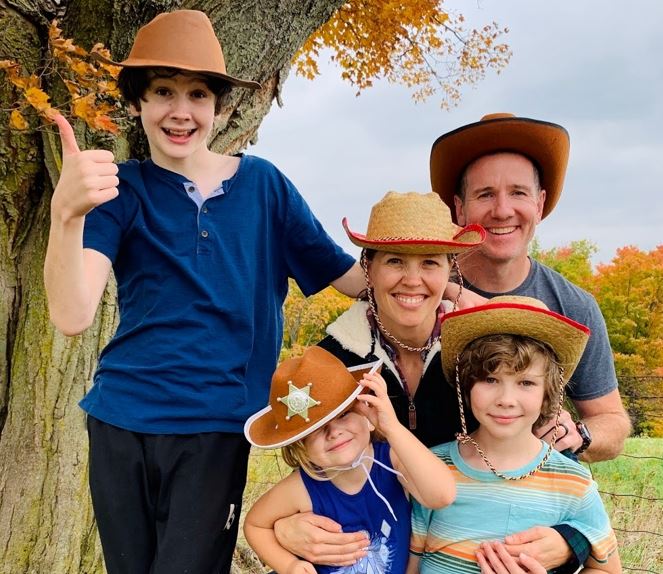
Q2: Do you value having quality vegetable ingredients that actually taste good? ????
Cardboard tomatoes in the winter. (Yuck). If you’re a foodie, you know this frustration well.
Taste matters to you. You know that putting together a delicious meal in your kitchen doesn't just come down to cooking skills—it starts with quality ingredients.
The second most important quality of a CSA member is that they love quality food and they're willing to pay for it.
Our veggies taste different than what you'd get at the grocery store. That's because we pay attention to building quality soil that is rich in organic matter and bio-nutrients. You'll also notice a difference in freshness with a CSA. Because you get it within hours of harvest, your produce will taste better and last longer.
CSAs are all about providing high-quality, fresh vegetables that make your home dining experience feel like a special event every night. So if you’re just looking for some basic lettuce and carrots at the cheapest price so you can make an iceberg salad tonight... this is not your gig.????
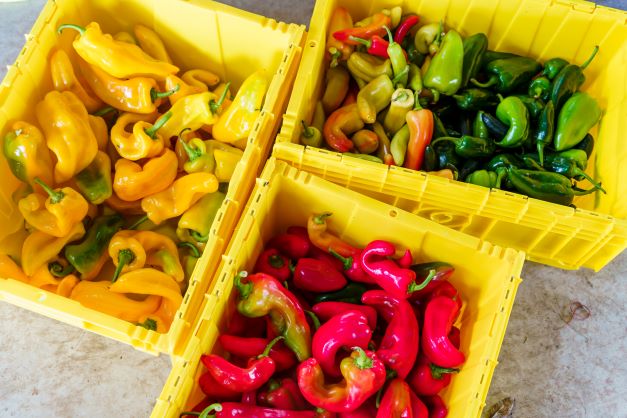
Q3: Are You Willing to Try New Foods? ???? (Really?...)
CSA will push you to try new foods and explore variety in your kitchen.
You will discover new veggies you love, but you’ll probably also get a few veggies you "tolerate." Part of the CSA experience means getting exposed to a wide variety of vegetable cultivars, giving you many chances to find ways to enjoy them. We put veggies in your box that you may have never seen before, and we teach you how to eat them.
Let's face it: We know that if left to your own devices, you would never purposely put a kohlrabi in your box. (Or would you? If you would, then you would definitely click with CSA). ????
It’s all part of the great goal in CSA of developing food diversity and teaching our communities (and our kids) how to eat seasonally again. If you want to grow in the kitchen, you have to push yourself to try new ingredients.
Here is an actual quote taken from one of our customers:
"We love trying new recipes with the vegetables we haven’t tried before and we look forward to them each week. It gives us a good feeling to know that we are eating organically grown veggies right from a farm that cares about the quality of produce they provide." ????
That customer shared an amazing Chocolate Beet Cake with Beet Frosting recipe with us last season that was to die for! This is something that a CSA customer would find intriguing.
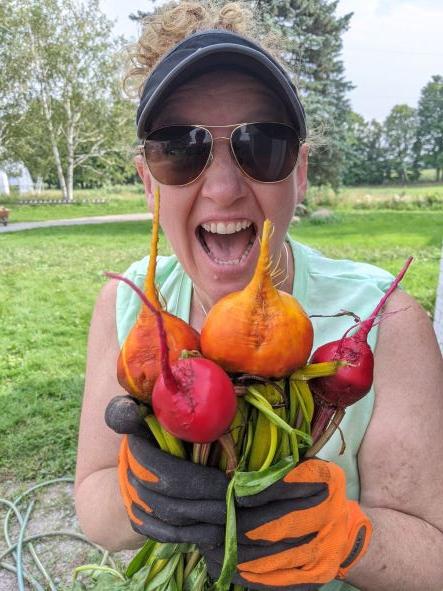
Q4: Do You Need Control Over Your Menu Planning? ????️
Remember the saying: "You get what you get and you don’t throw a fit?"
CSA members have to learn to be flexible with their menu and make things work in the kitchen because you often don’t know what you will get in your box until a few days before the pickup.
Some people love this spontaneity. Others will be stressed by it. Which one are you?
Think hard on this: Are you willing to give up some control over your meal plan? ????
If you’re someone who planned for a meatless pasta dinner on Wednesday, will you be able to adjust and make a plan B, when your box doesn't have all the ingredients you need? Would you be able to pivot and make something else instead?
If not, then you may not like the CSA concept.
The number one reason members give us for leaving our CSA is this: “I didn’t get enough of the things I wanted, and I got too much of the things I didn’t.”
So, how much control do you need?
CSA works best for customers who see their kitchen as a creative space, and our vegetables as the “paint” for their canvas. ???? Can you go with the flow?
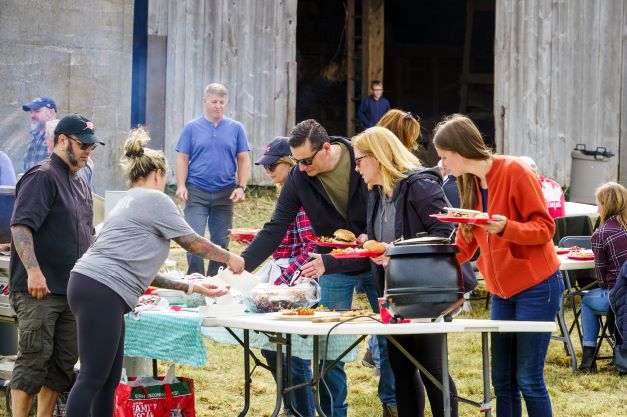
Q5: Can You Embrace Patience and Flexibility with CSA? ????
Adjusting to the CSA lifestyle takes time and may mean some food wastage as you learn. Come into this experience with an adventurous spirit and be gentle with yourself if you don't use the entire box every week initially. ???? It's a common challenge for newcomers!
There will be weeks when you aim to be a super-chef, yet real life may lead you to simply enjoy the broccoli raw with hummus. ???? Remember, it's a journey to change your eating habits, and it's okay if it takes time to perfect.
Realize that mastering your kitchen with CSA's seasonal offerings involves a learning curve. We're here to guide you through it. Set realistic goals for your first year and ease into the new routine. ????
Do you have the patience to grow with CSA and see it through a few seasons? ????
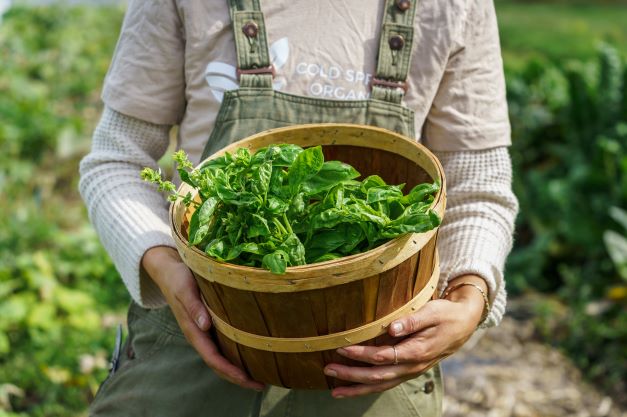
Q6:
Are You Going to Be Out of Town? ✈️
This is the practical question that weeds out a lot of people.
Some CSAs allow you to put your subscription "on hold" whenever you want. If you go out of town for vacation or work, you can simply hit the pause button and not lose the value of your share.
Our CSA doesn't offer that service as it is very time-consuming to manage all our customers' special case scenarios and we just don't have the bandwidth for that unfortunately.
We ask our members to make a weekly commitment. If you have to miss your box pickup due to a vacation, you can donate it to a food bank OR you can gift it to a friend who comes in your place. ????
And if you accidentally miss your box pickup, we can make arrangements to get it to you. ????
In our CSA, we ask you to think about your commitment before you sign up. Will you be gone a lot this summer? Is your chosen pickup site time convenient? Or is your life too busy to fit this in right now?
It might be better for you to just order from our online store "à la carte" from week to week, based on our availability.
CSA is designed for people who know they can make that weekly commitment. ????
So, how’d you do?
Remember, CSA is just one model out there for getting fresh farm food onto your table. ????
For those who value the story, the journey, and the farmer relationship behind the food, it can be a great option that can change the way you eat forever. ????
But there’s no shame in passing on CSA and instead buying weekly from an online farm store or farmer's market. And that may in fact be a better fit to your style or needs. ????
We do both, so we just want you to be in the right fit.
As in all things, expectations determine how you experience the product. To set you up for CSA success, make sure your expectations align with the philosophy of CSA before you commit. ????
